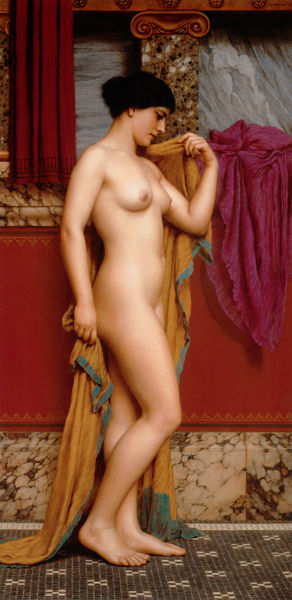Photorealism

In visual art, photorealism describes artwork that is so realistic that it resembles a photograph. Many photorealistic painters of the 1960s and 1970s painted at levels of realism that not only reached but actually exceeded those of photographs in terms of detail, sharpness and resolution.
An important characteristic of photorealistic art is focus. In a classic painting, everything in the picture is focused, whether it's foreground, middle ground, or background. In photorealistic art, objects that are unfocused are blurred, as in a real photograph taken by a camera.
A photorealistic painting is usually created using an actual photograph (or several) as a model. It is difficult to paint a photorealistic scene from real life, and practically impossible to do so purely from imagination without any visual reference.
Rendered art often attempts to reach photorealism by carefully modeling objects and their surfaces, textures, materials, light sources, etc. such that ideally, any factors that influence the picture are taken into the calculation.
Photorealistic spanking art
As photorealistic art is a genre in which the number of painters is limited, there is so far no known work of a photorealistic spanking painting.
However a number of painters and illustrators paint at high levels of realism. Artists who created highly realistic spanking art include Tommy, Norman Rockwell and Barbara O'Toole.
In the genre of rendered spanking art, practically all artwork is (near-)photorealistic.
See also
Chat rooms • What links here • Copyright info • Contact information • Category:Root